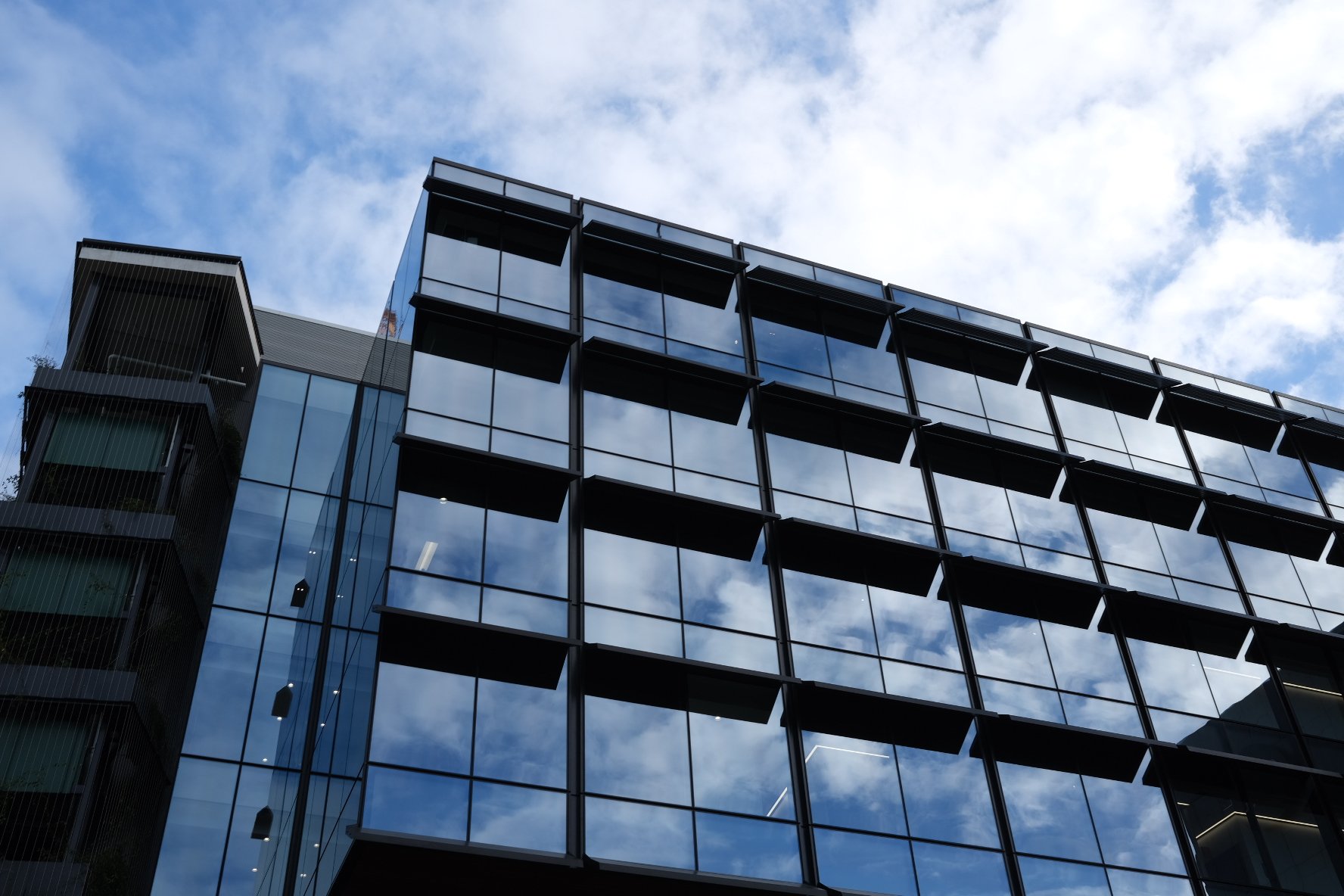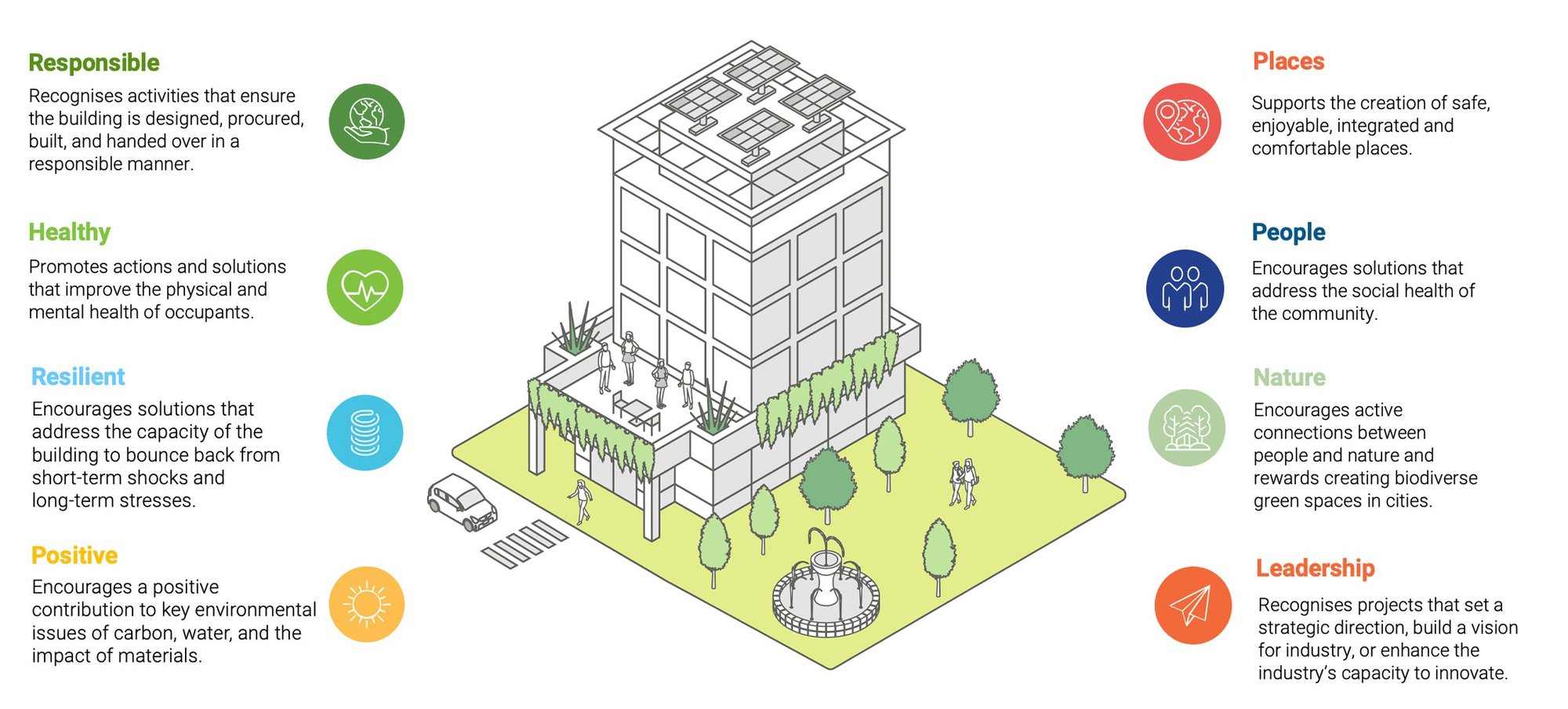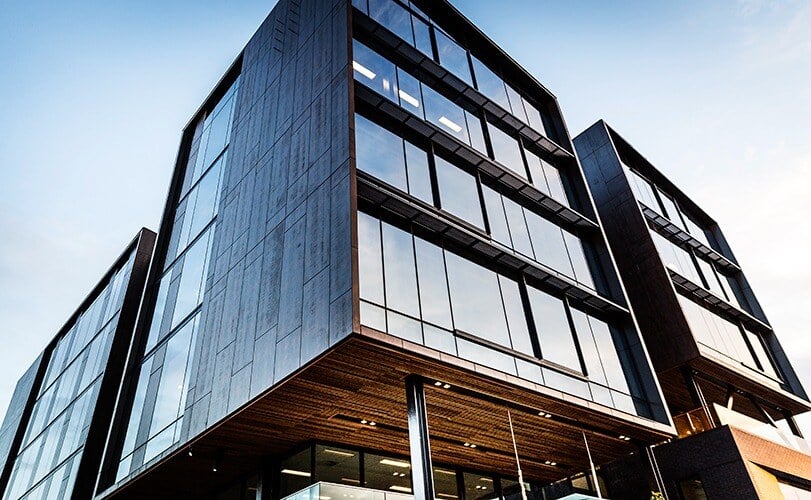A new benchmark
Green Star Buildings NZ has been specially designed to meet the challenges of the next decade, helping deliver assets that don’t just meet the expectations of today, but are also future ready and can withstand evolving customer demands, regulatory requirements and increasing scrutiny against greenwashing.
Green Star Buildings NZ introduces 16 minimum expectations that must be achieved for projects to achieve a Green Star rating. These expectations are aimed at ensuring all Green Star rated buildings meet a basic definition of a green building (energy efficient, water efficient, good healthy spaces, built responsibly, and on sites that are not critical natural areas).




